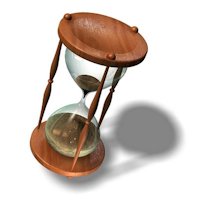
|
Some Common Myths Thought to be True - Myth 3
Myth 3: Life Expectancy in Middle Ages was Low
It is important to note that life expectancy is an average. In many cultures,
particularly before modern medicine was widely available, the combination of
high infant mortality and deaths in young adulthood from accidents, epidemics,
plagues, wars, and childbirth, significantly lowers the overall life
expectancy. But for someone who survived past these early hazards, living into
their sixties or seventies would not be uncommon. For example, a society with a
life expectancy of 40 may have very few people dying at age 40: most will die
before 30 years of age or after 55.
|
| Measure Time | |
|
For example, in a hypothetical stationary population in which
half the population dies before the age of five, but everybody else dies at
exactly 70 years old, the life expectancy at age zero will be about 37 years,
while about 25% of the population will be between the ages of 50 and 70.
Another measure such as life expectancy at age 5 can be used to exclude
the effect of infant mortality to provide a simple measure of overall mortality
rates other than in early childhood - in the hypothetical population above, life
expectancy at age 5 would be another 64 years. Aggregate population measures
such as the proportion of the population in various age classes should also be
used alongside individual-based measures like formal life expectancy when
analyzing population structure and dynamics.
|
|
| ⇦ Back to Myth 2 Return to Myth Choices Page 1 On to Myth 4 ⇨ | |